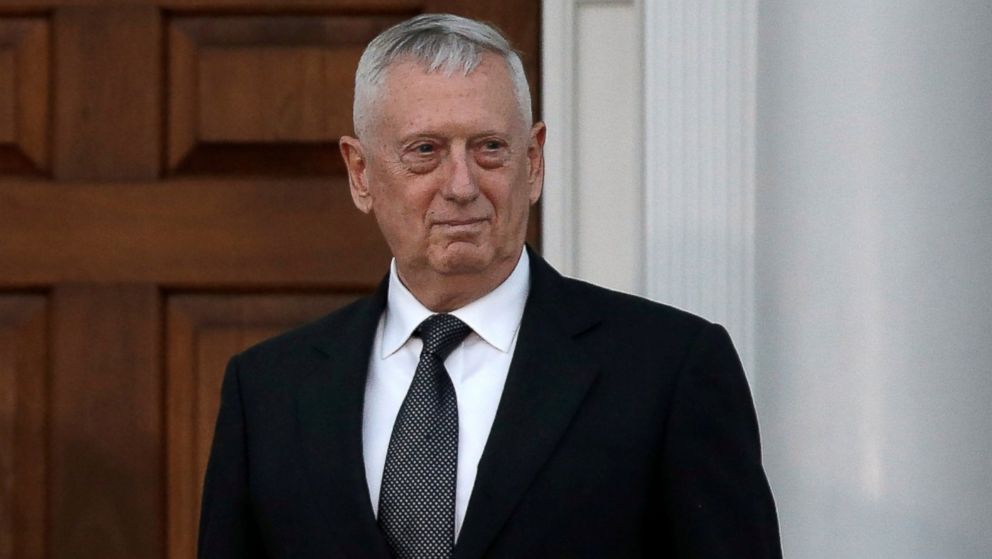Why There Is Civilian Control of the Military and When That Tradition Began
— -- President-elect Donald Trump's pick of retired Marine Gen. James Mattis to be the next Defense Secretary will require a congressional waiver for him to assume the post because he has not been retired from military service more than seven years.
The pick has called attention to the requirement set in the National Security Act of 1947 that the head of the Defense Department must be a civilian. Any nominee with prior military experience must have been retired from active duty for seven years. Mattis retired from the Marine Corps three years ago.
The concept of civilian control of the U.S. military required by the law is one that dates to the nation's earliest days and reflects the balance of powers outlined in the Constitution.
Here's a look at how civilian control of the military has become a trademark of American national security.
It Is in the Constitution
The concept of civilian control of the military was written by the Founding Fathers into the Constitution emerging from the colonial reality of citizen-soldiers.
Reflecting the balance of power established by the Constitution, the president was made commander in chief of the military and Congress was given the authority to declare war and fund the military.
Article II, Section 2 of the Constitution states, "The President shall be the Commander in Chief of the Army and Navy of the United States, and of the Militia of the several States when called into the actual Service of the United States."
The roles of Congress outlined in Article I, Section 8 include, "To declare War, grant Letters of Marque and Reprisal, and make Rules concerning Captures on Land and Water; To raise and support Armies, but no Appropriation of Money to that Use shall be for a longer Term than two Years; To provide and maintain a Navy."
When Was Civilian Control Required?
With the president as commander in chief, the day-to-day management of the nation's military was left to the secretary of war. With very few exceptions, civilians held the post of secretary of war, reflecting the constitutional authority given to the executive branch of government over the military.
But it was the National Security Act of 1947 that replaced the War Department with the Defense Department that also made it a requirement that only civilians could lead the department.
That legislation also created the secretaries of the Army, Navy and Air Force, which, through additional legislation, also became civilian-only positions.
Seventeen of the 24 men who have served as defense secretary have had some kind of military service. Since most of their service years occurred during their youth, the seven-year gap requirement between military and civilian life did not come into play.
Only George Marshall's nomination in 1950 has required a congressional waiver similar to the one that Mattis will require to become defense secretary.




